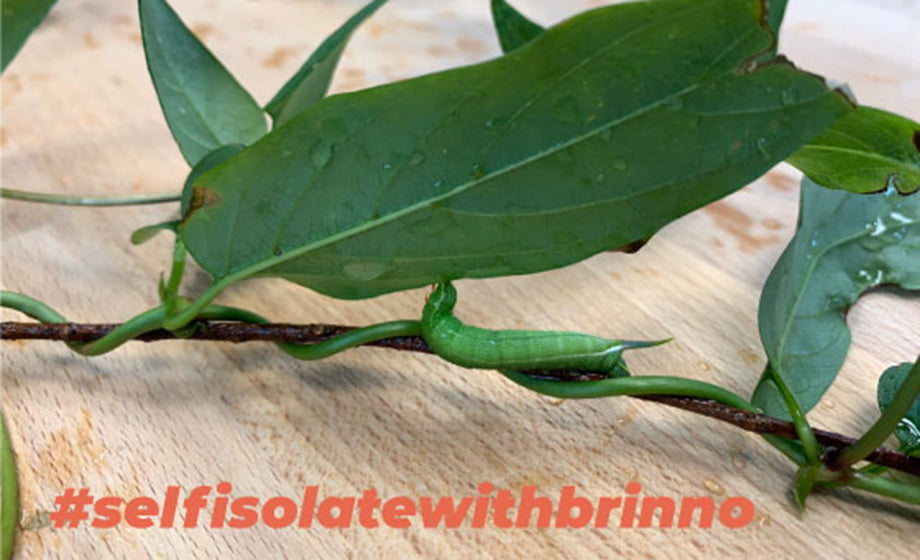
Spring is among us and slowly our gardens are changing from greys and browns to brilliant greens. A perfect at-home science experiment that is fun for all ages is to raise moths like silkworms or butterflies indoors.
There are various DIY setups that you can try such as using terrariums, buckets or plastic habitats/pet keepers. The caterpillar will need lots of fresh leaves for them to munch on. Eric Carle wasn’t exaggerating when he wrote The Very Hungry Caterpillar, you will be surprised just how much they eat!
The life Cycle of Caterpillars and Moths
There are four stages in the life of a caterpillar and moth. The time spent at each stage will vary depending on species and each individual insect. On average this is the length of time for each stage: Egg (3-4 days), Larval (10-14 days), Chrysalis/Pupa (10-14 days), Imago/Adult (2-5 weeks).

Source Paul Mirocha Designs
Once your moth or butterfly has emerged from its cocoon it’s important to release it into the wild so that it can continue its natural lifecycle. Moths and butterflies do not live well in captivity, keeping it cooped up inside will shorten its lifespan.
Sad to watch it fly away? Turn it into a joyous occasion by throwing a little going away party for your little friend!
Time Lapse Settings
To film a successful time lapse you will need to change your camera settings depending on the stage of metamorphosis.
These are the settings that we used for this video:
1.Larval Stage
Capture Mode: Timelapse
Capture Interval: 10s
Scene: Twilight
2.Chrysalis Stage (inside cocoon)
Capture Mode: Timelapse
Capture Interval: 30s
Scene: Twilight
3.Imago Stage (burst out cocoon as a fully developed moth)
Capture Mode: Timelapse
Capture Interval: ASAP
Scene: Daylight
Have any of you tried raising butterflies and moths at home? Remember to share your videos using #brinno and #selfisolatewithbrinno.



